Home > > The increase in silicon production has led to a decrease in prices, and the prices of photovoltaic materials have also fallen in May
The increase in silicon production has led to a decrease in prices, and the prices of photovoltaic materials have also fallen in May
 4/23/2023 3:47:35 PM
4/23/2023 3:47:35 PM FNEPower
FNEPower 2873
2873
Since March, in order to alleviate inventory pressure, the silicon material industry has shown a stronger willingness to ship, and new silicon material production capacity has also been increasing month by month. At the same time, new production capacity for downstream silicon wafers is also being released simultaneously. However, according to TrendForce Consulting, silicon wafer production is still unable to fully consume the newly added silicon material production capacity and inventory, resulting in a slow decline in silicon material prices. The lowest quotation has reached 180 RMB per kilogram, but the current market average transaction price remains at around 190 RMB per kilogram. Meanwhile, as the first wave of silicon material production capacity this year will be concentrated and released at the end of the second quarter, it is estimated that silicon material prices will continue to decline from April to May.
In terms of silicon wafers, due to the gradual decline of silicon materials for several consecutive weeks, the prices of silicon wafers have also begun to loosen recently. The main reason is that with the arrival of imported sand in the port, the market's concern about the shortage of quartz sand is temporarily relieved, the operating rate of silicon chip manufacturers continues to rise, and they have begun to accumulate inventory. The actual market transaction price of silicon chips has begun to recover to the normal range. Later, with the accelerated release of new silicon chip capacity, and the continued decline of silicon material prices, silicon chip prices are still likely to fall. It is estimated that the monthly decline of M10 and G12 silicon chips is 0.8% and 1.2% respectively.
In terms of battery cells, due to the continuous increase in the operating rate of the silicon wafer process and the release of new production capacity, the production rate of battery cells in April remained high. At present, the supply and demand of 210 battery cells in the market are still tight, so the price is supported and significantly higher than the price of 182 battery cells. Recently, some N-type battery cells have been put into production with new production capacity, but the increment is still limited, so N-type battery cells still have a significant price difference compared to P-type cells. TrendForce Consulting expects that the price of battery cells is expected to enter a downward trend by the end of April, mainly due to the continued decline in upstream silicon material prices, the loosening of silicon wafer prices, and the insistence of downstream photovoltaic module manufacturers on reducing costs.
In terms of photovoltaic modules, although the price of upstream silicon materials has dropped to less than 200 RMB per kilogram, the profit margin brought about by cost reduction is mostly intercepted in the silicon and battery cell links. Therefore, the price of photovoltaic modules has not significantly decreased yet, and the actual transaction price remains at about 1.75 RMB per watt. However, from the recent quotation of photovoltaic modules in the bidding project, it can be seen that some manufacturers are competing for orders at low prices in order to sell, so they have basically dropped to below 1.7 RMB per watt. TrendForce Jibang Consulting expects that the prices of photovoltaic modules will return to the normal range in the third quarter, with approximately 1.6 RMB per watt.
In terms of silicon wafers, due to the gradual decline of silicon materials for several consecutive weeks, the prices of silicon wafers have also begun to loosen recently. The main reason is that with the arrival of imported sand in the port, the market's concern about the shortage of quartz sand is temporarily relieved, the operating rate of silicon chip manufacturers continues to rise, and they have begun to accumulate inventory. The actual market transaction price of silicon chips has begun to recover to the normal range. Later, with the accelerated release of new silicon chip capacity, and the continued decline of silicon material prices, silicon chip prices are still likely to fall. It is estimated that the monthly decline of M10 and G12 silicon chips is 0.8% and 1.2% respectively.
In terms of battery cells, due to the continuous increase in the operating rate of the silicon wafer process and the release of new production capacity, the production rate of battery cells in April remained high. At present, the supply and demand of 210 battery cells in the market are still tight, so the price is supported and significantly higher than the price of 182 battery cells. Recently, some N-type battery cells have been put into production with new production capacity, but the increment is still limited, so N-type battery cells still have a significant price difference compared to P-type cells. TrendForce Consulting expects that the price of battery cells is expected to enter a downward trend by the end of April, mainly due to the continued decline in upstream silicon material prices, the loosening of silicon wafer prices, and the insistence of downstream photovoltaic module manufacturers on reducing costs.
In terms of photovoltaic modules, although the price of upstream silicon materials has dropped to less than 200 RMB per kilogram, the profit margin brought about by cost reduction is mostly intercepted in the silicon and battery cell links. Therefore, the price of photovoltaic modules has not significantly decreased yet, and the actual transaction price remains at about 1.75 RMB per watt. However, from the recent quotation of photovoltaic modules in the bidding project, it can be seen that some manufacturers are competing for orders at low prices in order to sell, so they have basically dropped to below 1.7 RMB per watt. TrendForce Jibang Consulting expects that the prices of photovoltaic modules will return to the normal range in the third quarter, with approximately 1.6 RMB per watt.
热点新闻







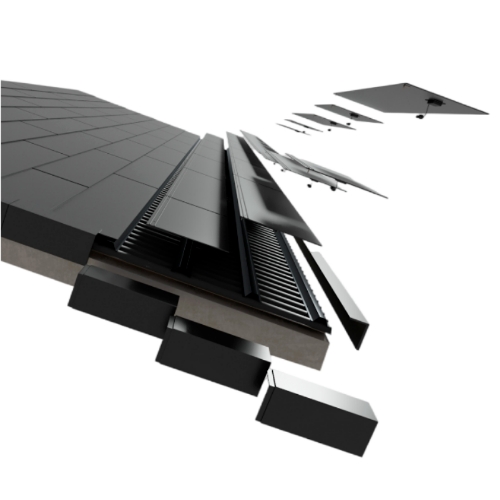
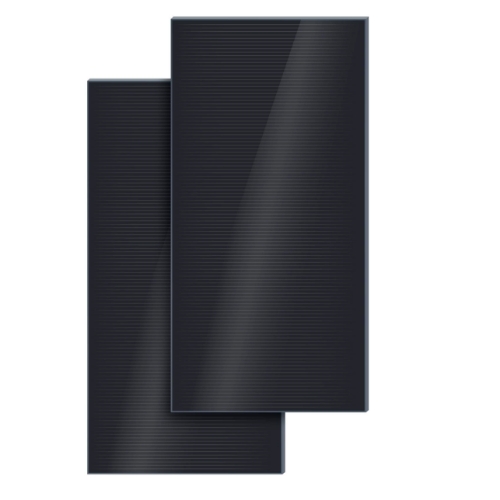
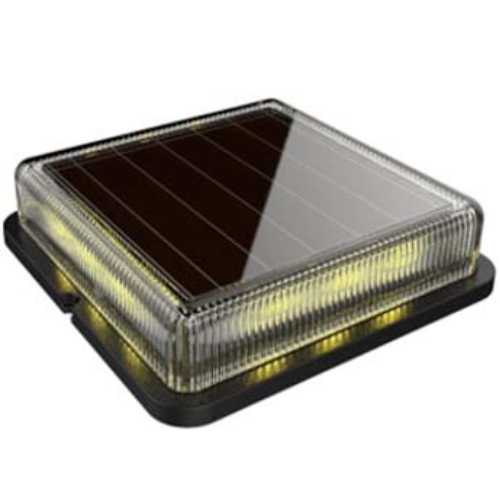
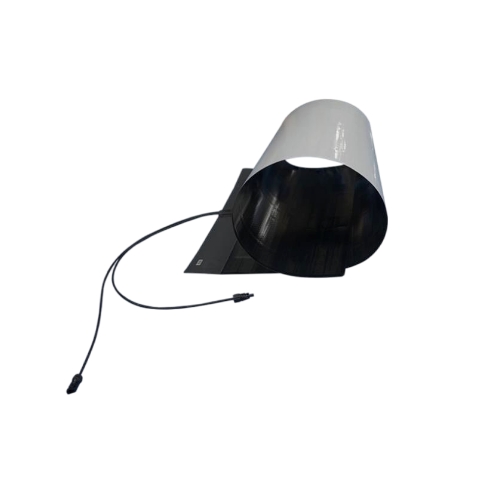
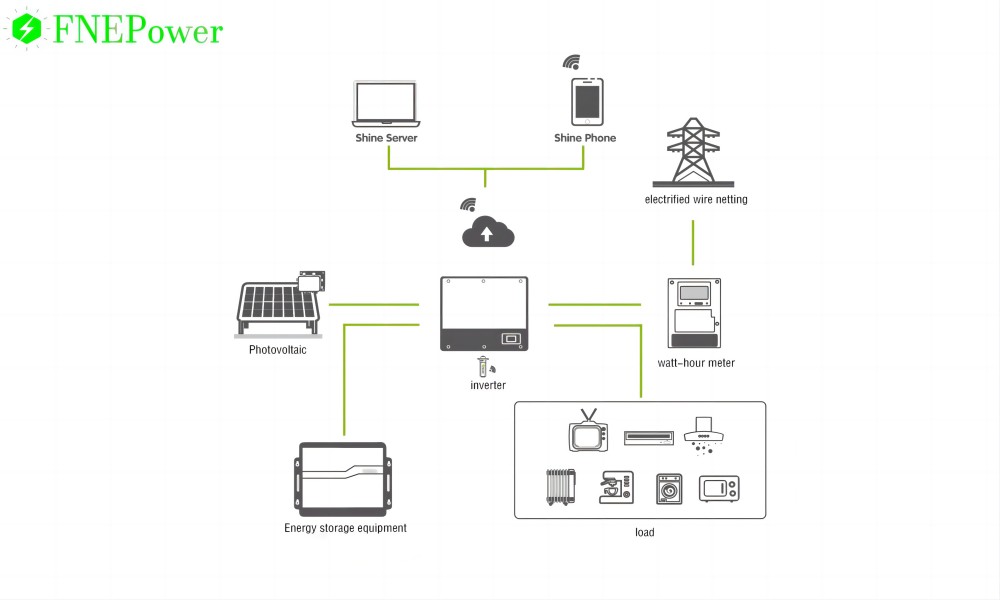




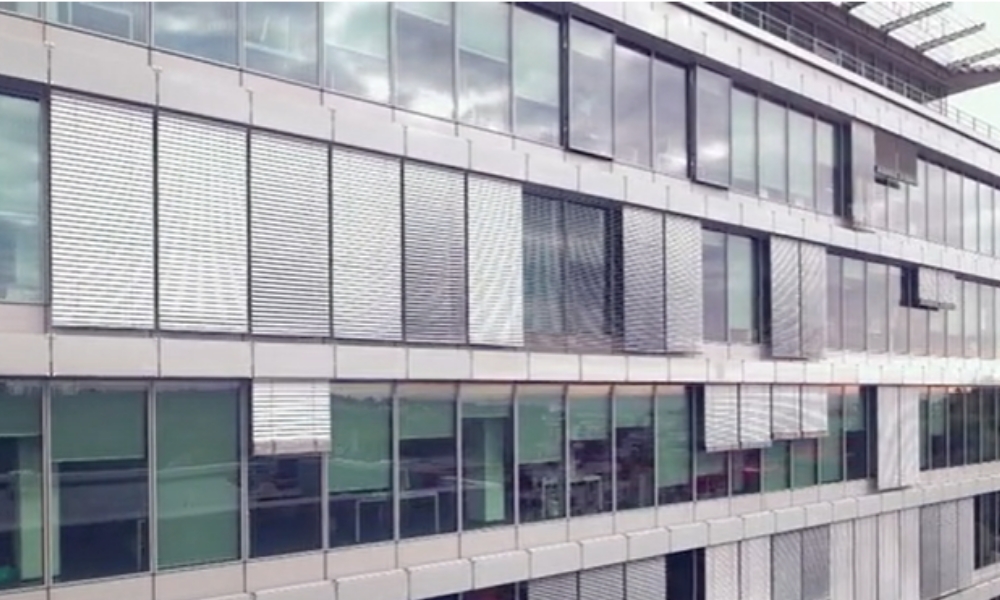
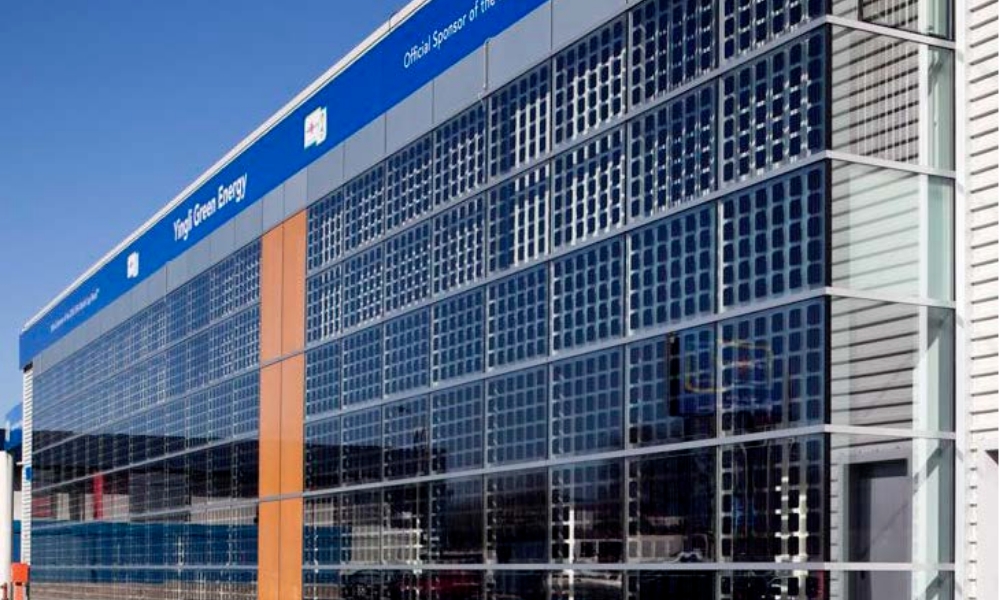
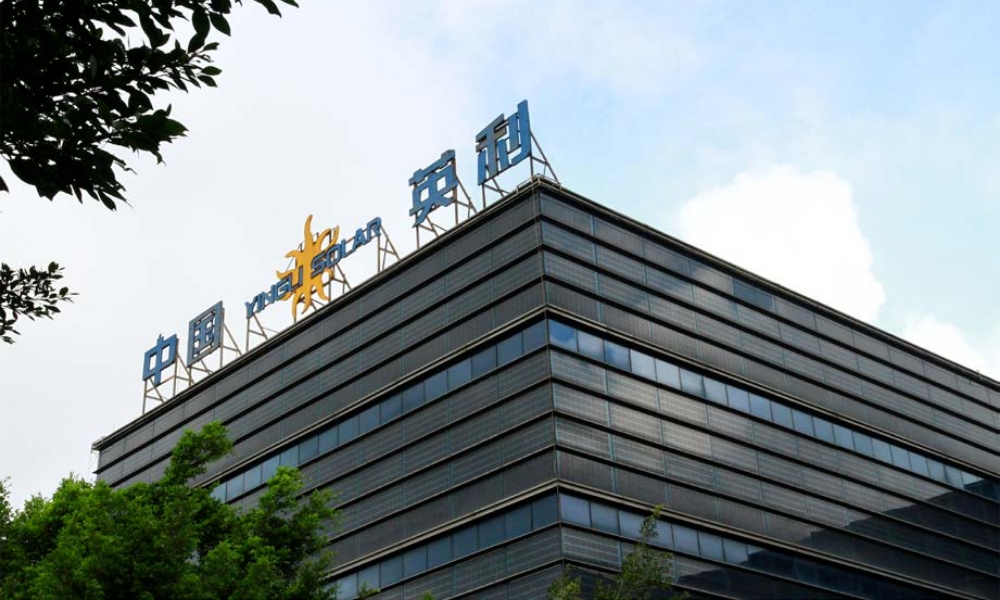
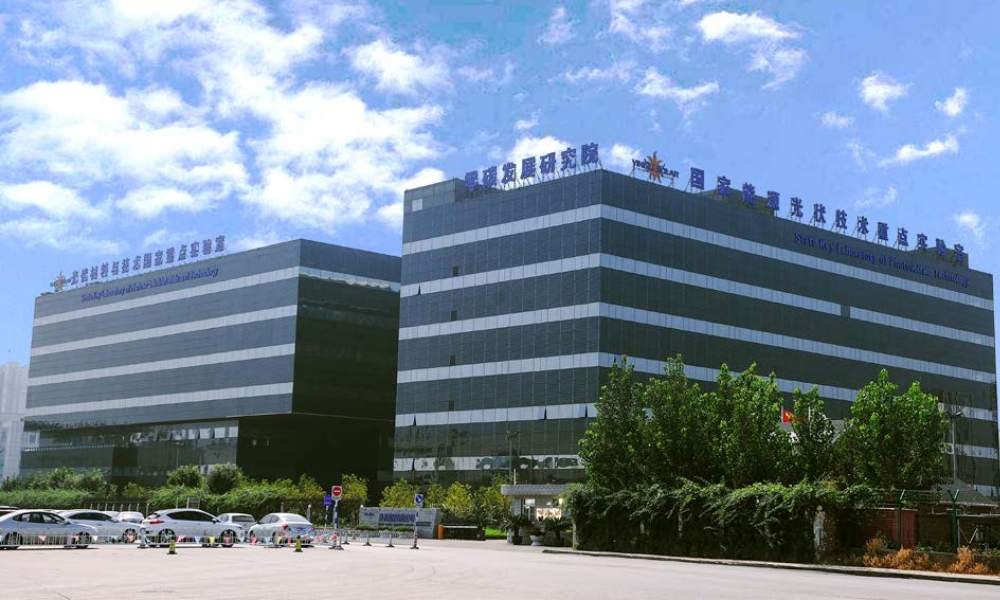
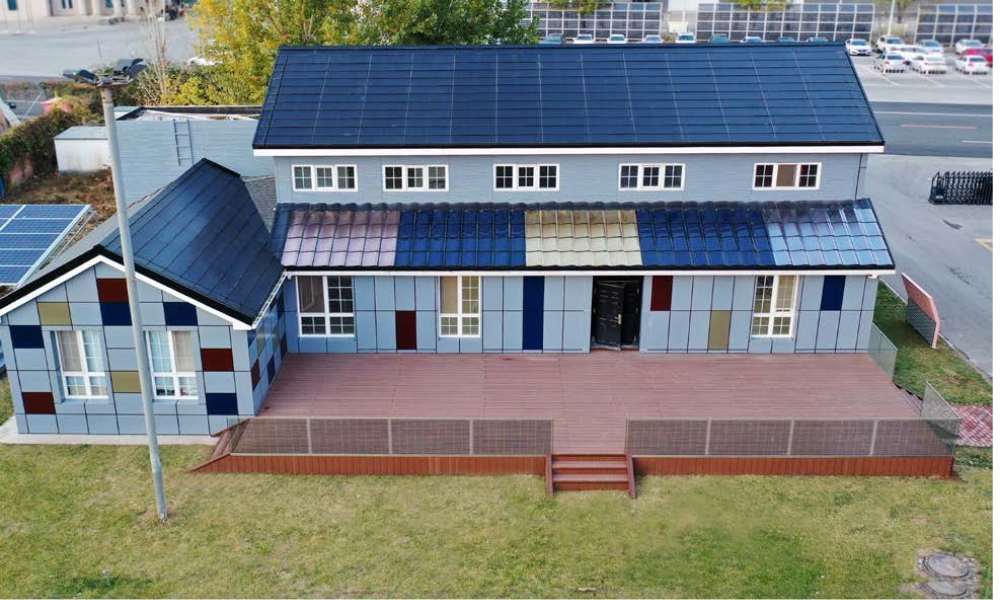
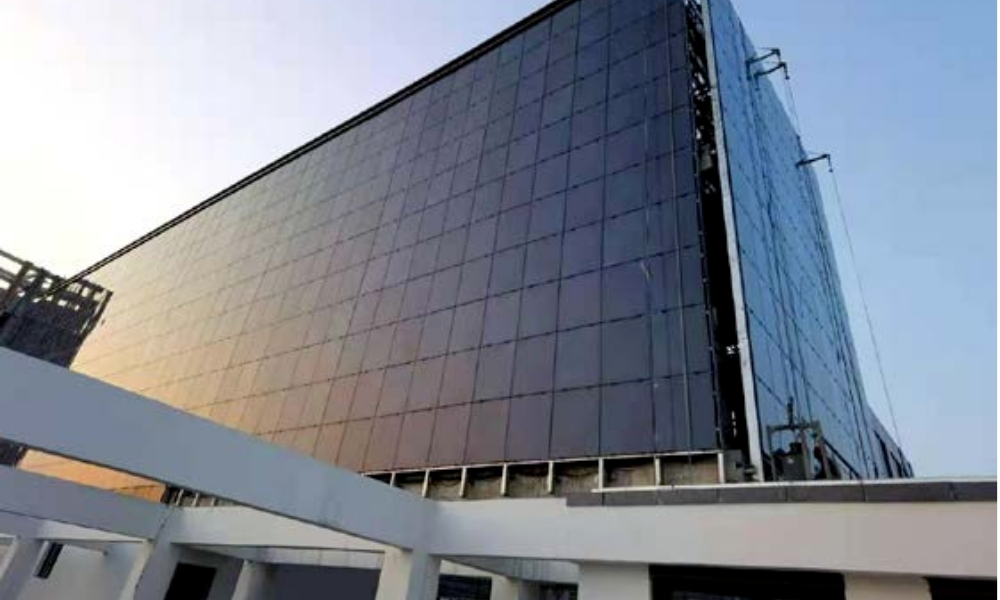





 返回列表
返回列表





